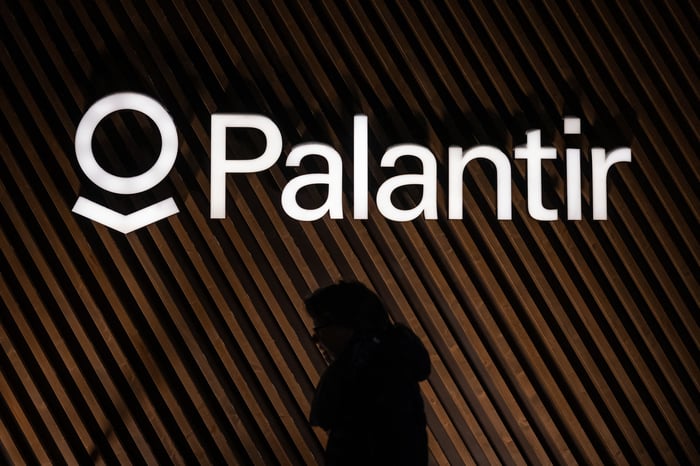Ken Griffin stands out among Wall Street’s elite. As Citadel’s founder and CEO, he oversees one of the most advanced and reliably successful hedge funds ever. His reputation is built on a unique combination of macroeconomic insight and quantitative expertise.
Citadel’s 13F filing for the second quarter, submitted in August, highlighted two significant portfolio adjustments: The fund reduced its holding in data analytics company Palantir Technologies ( PLTR -5.39%) by nearly half—selling about 640,000 shares. This left Citadel with a position currently valued at around $130 million. Meanwhile, Citadel dramatically increased its investment in semiconductor leader Nvidia ( NVDA -4.84%) by 414%, acquiring over 6.5 million additional shares and bringing its stake to roughly $1.5 billion at today’s prices.
These portfolio changes offer insight into Griffin’s shifting perspective on the artificial intelligence (AI) sector. Below, I’ll explore the possible factors behind Citadel’s choices and what investors might infer from these moves.
Why Griffin reduced Palantir: A strategic hedge fund adjustment
At first glance, Citadel’s decision to sell nearly 50% of its Palantir shares could seem pessimistic. However, in hedge fund management, selling is often more about risk control than a lack of belief in a company.
Palantir’s stock has skyrocketed—up over 2,000% in the last three years—making even its strongest supporters recognize that its valuation is extremely high. With a price-to-sales ratio of 135, Palantir’s current valuation brings to mind the exuberance of the dot-com bubble.
For disciplined investors like Griffin, emotions take a back seat to numbers. Hedge funds succeed by regularly reallocating capital, which often means reducing exposure to stocks that have surged too quickly. Notably, other renowned investors such as Stanley Druckenmiller and Cathie Wood have made similar moves with their Palantir holdings.
Ultimately, taking profits from a soaring stock is about optimizing risk-adjusted returns. Palantir’s long-term prospects are still strong, but hedge funds must remain pragmatic. Realizing gains allows them to redirect capital toward opportunities with a more attractive balance of potential and valuation.

Image source: Getty Images.
Why Citadel is increasing its Nvidia stake: The core of AI infrastructure
From my perspective, Citadel’s expanding investment in Nvidia shows Griffin’s belief that the future of computing will be shaped less by software creators and more by those who own the underlying infrastructure.
In recent years, Nvidia has become the leading provider of high-performance computing hardware. Its GPUs are now essential for powering everything from large language models (LLMs) and self-driving technology to advanced robotics.
Nvidia’s strength goes beyond its hardware—it’s also about its ecosystem. The company’s CUDA software platform has created a significant competitive barrier, making it difficult for others to compete on the same level.
Citadel’s growing Nvidia position is supported by several key trends:
- Hyperscaler investment: Major cloud providers like Microsoft, Amazon, and Alphabet are pouring hundreds of billions of dollars each year into expanding their data center infrastructure.
- Strategic partnerships: Nvidia’s collaborations with OpenAI, Intel, and Oracle are just beginning to show their full potential.
- Continuous innovation: Upcoming GPU lines such as Blackwell Ultra and Rubin will further strengthen Nvidia’s technological edge and support its ongoing growth.
Although Nvidia’s shares also command a high valuation, its long-term growth prospects are unmatched. As both private and public sectors accelerate their AI infrastructure investments, Nvidia remains the essential backbone of this new era.
A lesson in portfolio adaptation
Griffin’s recent trades represent a thoughtful shift within the AI investment theme, not a withdrawal. By reducing exposure to Palantir and increasing his Nvidia holdings, Citadel is positioning itself to benefit from the next phase of AI-driven returns.
The main message for investors: Avoid chasing popular trends or following short-term momentum. Instead, focus on anticipating where capital will flow next. Griffin isn’t stepping away from AI; he’s adjusting his strategy to favor the foundational companies enabling its growth.
In my opinion, Griffin sees Palantir’s growth story reaching a more mature stage, while Nvidia’s potential is still expanding.